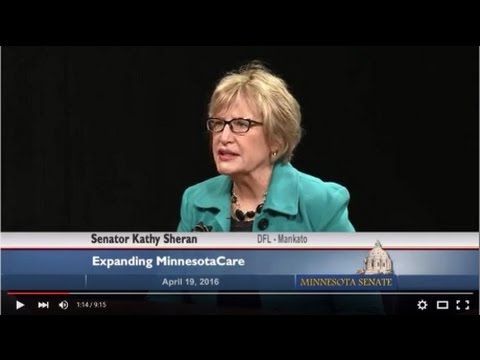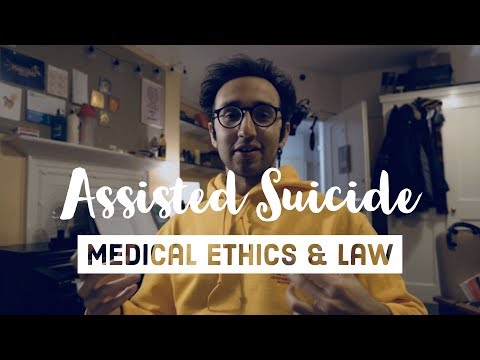Guidelines for Determining Income for Medical Assistance in Minnesota
Contents
- What is medical assistance?
- What is income?
- How does Minnesota determine income for medical assistance?
- What are the guidelines for determining income for medical assistance in Minnesota?
- What are the income limits for medical assistance in Minnesota?
- How do assets affect medical assistance in Minnesota?
- What are the work requirements for medical assistance in Minnesota?
- What are the consequences of not meeting the work requirements for medical assistance in Minnesota?
- What are the renewal requirements for medical assistance in Minnesota?
- What other programs can help with medical assistance in Minnesota?
This blog post covers the guidelines for determining income for medical assistance in Minnesota. Topics include how to count income, what income is counted, and what assets are counted.
Checkout this video:
What is medical assistance?
Medical assistance (MA) is a state and federally funded program that helps with medical costs for some people with low incomes. Anyone can apply for MA. If you qualify, you will get a Minnesota health care Programs (MHCP) card that entitles you to free or low-cost health care services.
What is income?
Income for Minnesota’s Medical Assistance program is defined in 42 CFR 435.603 andMinnesota Statutes 256L.02. It generally means money that is available to the individual or family and that can be used to meet current needs for food, clothing, and shelter.
There are many types of income, including:
-Wages, salaries, and tips from employment;
-Net income from self-employment;
-Interest, dividends, royalties, and rents;
-Pensions and retirement benefits;
-Social Security benefits;
-Unemployment compensation;
-Workers’ compensation;
-Temporary Assistance for Needy Families (TANF);
-Alimony and child support payments that are actually received; and
-All other money payments not specifically excluded by law
How does Minnesota determine income for medical assistance?
Income is one of the main factors used to determine whether or not an individual is eligible for Medical Assistance In Minnesota, Medical assistance income limits are based on the Federal Poverty Level (FPL), which is updated every year.
The FPL is a measure of income issued by the Department of Health and Human Services (HHS). It is used to determine financial eligibility for a number of government programs, including medical assistance.
In order to be eligible for medical assistance in Minnesota, an individual’s income must be at or below the FPL. For example, as of 2021, the FPL for a family of four is $26,500. This means that a family of four can have an annual income of up to $26,500 and still be eligible for medical assistance.
It’s important to note that Minnesota’s medical assistance program has different income limits for different types of coverage. For example, there are separate income limits for families who are seeking coverage for children under the age of 21 and those who are 65 years of age or older. There are also separate limits for pregnant women and adults without children.
Income limits vary from year to year and from family size to family size. To find out what the current income limits are, visit the Minnesota Department of Human Services website or contact your local county or tribal human services office.
What are the guidelines for determining income for medical assistance in Minnesota?
Income is one of the main factors used to determine eligibility for medical assistance in Minnesota. For most programs, your countable income must be below a certain level in order to qualify.
There are different guidelines for different programs, but in general, countable income includes wages, salaries, tips, commissions, interest, dividends, and other forms of earnings. It also includes most types of retirement income, as well as child support and alimony payments received.
Certain types of income are not counted when determining eligibility for medical assistance. These include disability benefits, Social Security benefits, and some types of military benefits. Some other types of income may be partially counted or excluded depending on the program.
Income guidelines are reviewed and updated periodically. For the most up-to-date information on income guidelines for medical assistance in Minnesota, contact your local county or tribal human services office.
What are the income limits for medical assistance in Minnesota?
Income limits for medical assistance in Minnesota are determined using the Modified Adjusted Gross Income (MAGI) methodology. This means that your total household income must be below a certain amount in order to qualify for medical assistance. The income limits vary depending on the size of your household and your family situation.
If you are single, you must have an annual income of less than $16,754 to qualify for medical assistance. If you are married and filing taxes jointly, you must have an annual income of less than $23,265 to qualify for medical assistance. If you are the head of a household, you must have an annual income of less than $20,643 to qualify for medical assistance.
Income limits for medical assistance are updated on an annual basis by the federal government. You can find the most current income limits on the Minnesota Department of Human Services website.
How do assets affect medical assistance in Minnesota?
Income and assets are two important factors in determining whether or not an individual is eligible for medical assistance in Minnesota. Assets are defined as anything that can be converted to cash and used to pay for medical care, including savings accounts, stocks, and real estate.
Medical assistance in Minnesota is need-based, which means that applicants’ incomes and assets are taken into account when determining eligibility. However, there are some types of assets that are exempt from consideration, such as a primary residence and personal belongings.
To learn more about how income and assets affect medical assistance in Minnesota, please consult the following resources:
-The Medical Assistance Eligibility Manual: This manual provides detailed information about the income and asset requirements for medical assistance in Minnesota. It is available online at https://www.dhs.mn.gov/ma/eligibility/manuals-forms-and-guides#medassist.
– MNsure: MNsure is the state’s health insurance marketplace and offers additional resources about medical assistance in Minnesota. You can visit their website at https://www.mnsure.org/ or contact them by phone at 855-366-7873.
What are the work requirements for medical assistance in Minnesota?
In order to be eligible for medical assistance in Minnesota, you must be working at least half-time. If you are not working, you must be looking for work or in a job training program.
What are the consequences of not meeting the work requirements for medical assistance in Minnesota?
If you do not meet the work requirements for medical assistance in Minnesota, you may be subject to the following consequences:
-Your medical assistance benefits may be reduced or terminated.
-You may be required to pay back any medical assistance benefits you received while you were not meeting the work requirements.
-You may be ineligible for future medical assistance benefits.
What are the renewal requirements for medical assistance in Minnesota?
To renew your medical assistance, you will need to provide proof of your income and assets.
Income:
The following are some examples of what we count as income:
• Wages from a job
• Social Security payments
• Workers’ compensation payments
• Temporary Assistance for Needy Families (TANF) payments •Child support you receive from someone who does not live with you
• Veterans’ benefits and survivor benefits, if you do not have any dependent children
• Unemployment compensation payments If you or your partner are elders or have a disability, we also count as income:
• Interest and dividends from savings accounts or investments •Net earnings from farming or self-employment
Assets:
The following are some examples of what we count as assets: •Money in the bank, including savings accounts, checking accounts, and certificates of deposit •Property other than the home you live in, such as a second home, a vacant lot, a boat, or a camper • stocks and bonds •retirement accounts
What other programs can help with medical assistance in Minnesota?
There are other programs that can help pay for medical assistance in Minnesota. If you have higher income, you may still be able to get medical assistance through a different program such as MNCare or MinnesotaCare.







